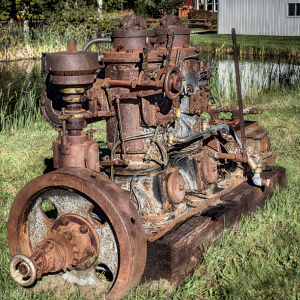Sorry – we can’t seem to navigate to that page.
It looks like that page just won’t start.

Don’t worry, worse things happen at sea. Here are a few of our most popular pages to get you sailing again.
It looks like that page just won’t start.

Don’t worry, worse things happen at sea. Here are a few of our most popular pages to get you sailing again.